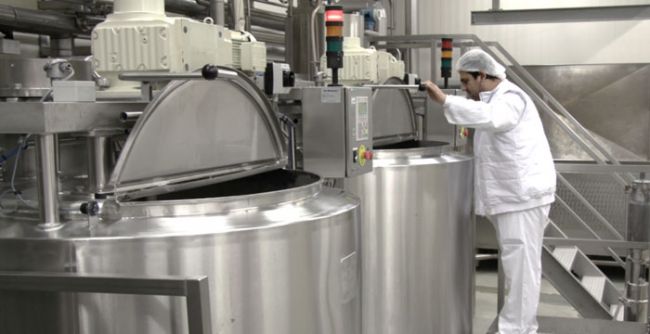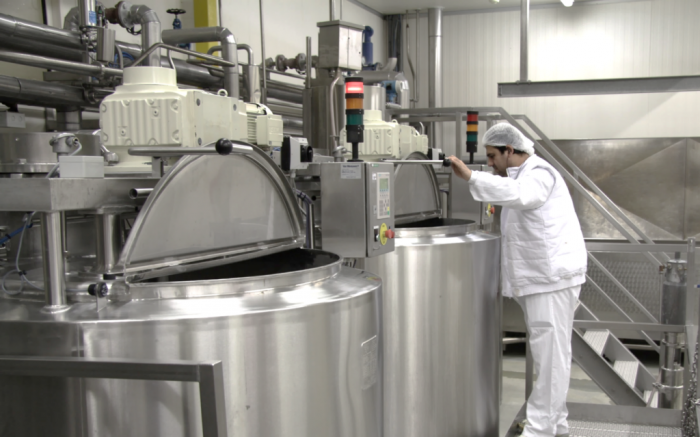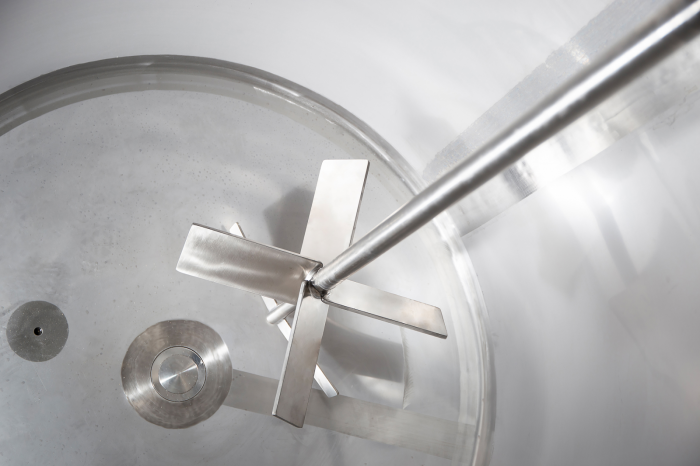Tips & Tricks
4 min read
Key Features to Look for in High-Performance Mixing Tanks


Efficient mixing is fundamental to process manufacturing across the food, pharmaceutical, chemical, and cosmetic industries. High-quality mixing tanks support product quality, batch consistency, and operational efficiency. The right equipment, such as that offered by Gpi De Gouwe, can significantly impact production outcomes, affecting yield, uniformity, and cost-effectiveness.
Below, we explore the defining features of high-performance mixing tanks and how they empower manufacturers to achieve excellence under demanding industrial conditions.

Materials and construction quality form the foundation of any high-performance mixing tanks, just like XRD testing, which analyzes materials with precision.
The choice of material significantly impacts tank durability, product purity, and operational flexibility. Stainless steel remains the gold standard for most processing applications due to its exceptional properties:
For pharmaceutical and high-purity food applications, select tanks with electropolished interior surfaces that minimize product adhesion and simplify cleaning validation. Chemical processing may require specialized linings or exotic alloys based on specific product characteristics.
Beyond material selection, fabrication quality directly impacts mixing tank performance and longevity. Key quality indicators include:
Premium tank manufacturers employ rigorous quality control processes, including weld inspections, surface roughness verification, and material certification tracking.
These standards also support regulatory compliance with frameworks such as ASME BPE and FDA CGMP guidelines for sanitary equipment.
The mixing technology selected dramatically affects process efficiency and product quality outcomes.
Impeller selection is one of the most critical decisions in mixing tank specification. Different designs create distinct flow patterns suited to specific applications:
For complex processes, you should consider multi-impeller configurations that combine different designs to achieve optimal results. The impeller diameter-to-tank diameter ratio (typically 0.3-0.5) also impacts mixing efficiency and should be carefully calculated based on process requirements.
Tank geometry influences flow patterns and mixing effectiveness. Key geometrical considerations include:
A well-designed tank minimizes dead zones where materials can accumulate while optimizing energy transfer throughout the batch. Custom tank configurations address specific processing challenges like solid suspension, gas dispersion, or heat transfer requirements.

Modern high-performance mixing tanks incorporate sophisticated control and automation features that enhance consistency and operational efficiency.
Advanced sensing technologies provide real-time process insights:
These sensing capabilities enable precise process control while generating valuable data for quality assurance and process optimization efforts.
The integration capabilities of mixing systems with broader manufacturing control platforms further enhance operational efficiency. Look for tanks that offer:
Integrated control systems reduce operator workload, minimize human error, and provide documentation for validation and troubleshooting purposes.
High-performance mixing tanks are an invaluable investment in manufacturing capability and product quality. Carefully evaluating material quality, mixing technology, and automation features helps manufacturers select equipment that delivers optimal process outcomes while minimizing operational costs.
The ideal mixing solution balances technical performance with practical considerations like maintenance requirements, cleaning ease, and operational flexibility. Through thoughtful specification and supplier selection, processing companies can secure mixing capabilities that serve as a competitive advantage rather than an operational constraint.
Be the first to post comment!